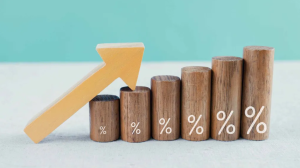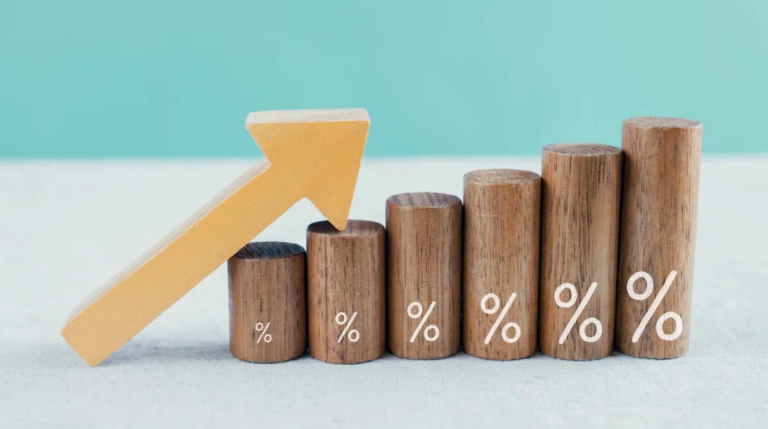If you had invested $1,000 in Walmart stock two decades ago, you’d be holding a fascinating piece of financial history. Walmart, the retail giant, has had a remarkable journey over the years, and it’s a prime example of the potential for long-term investments. In this article, we’ll explore what your $1,000 investment in Walmart stock 20 years ago would look like today.
Walmart’s Stock Performance Over 20 Years
Walmart’s stock price in October 2003 was approximately $52.50 per share. Assuming you invested $1,000, you would have purchased roughly 19 shares of Walmart stock. Fast forward to the present, and Walmart’s stock price has appreciated significantly. As of September 2023, Walmart’s stock was trading at around $140 per share.
Value of Your Investment Today
If you held onto your 19 shares of Walmart stock, they would be worth approximately $2,660 at a stock price of $140 per share. This represents a substantial increase in the value of your initial $1,000 investment. You would have seen a total return on investment of around 166%.
Dividends Along the Way
Walmart is known not only for its stock price appreciation but also for its consistent dividend payments. Over the years, Walmart has consistently increased its dividend, providing investors with a source of regular income. Your initial 19 shares would have grown to more than 100 shares through dividend reinvestment alone, significantly boosting your returns.
The Power of Dividend Reinvestment
Assuming you reinvested the dividends received from your Walmart shares, your total return would be even higher. Dividend reinvestment allows you to purchase additional shares with the dividends earned, compounding your returns over time. The power of reinvested dividends is evident in long-term investments, and Walmart’s commitment to increasing dividends has been a key driver of its stock’s performance.
Walmart’s Growth and Resilience
Walmart’s success over the past two decades is a testament to its growth and resilience in a constantly evolving retail landscape. The company’s ability to adapt to changing consumer preferences, expand its online presence, and maintain a strong physical retail presence has contributed to its financial strength and stock performance.
The Impact of Economic Cycles
Of course, it’s important to note that no investment, including Walmart stock, is immune to economic downturns and market fluctuations. Over the past 20 years, there have been economic recessions and market volatility that affected stock prices. However, Walmart’s ability to weather economic storms and continue to thrive is a testament to its status as a blue-chip stock.
Diversification and Long-Term Investing
While investing $1,000 in Walmart stock 20 years ago would have yielded substantial returns, it’s essential to remember that diversification is a key strategy for managing risk in your investment portfolio. Investing in a single stock carries risks, and spreading your investments across a variety of assets can help mitigate those risks.
Long-term investing is a strategy that can pay off, as demonstrated by Walmart’s performance. When considering long-term investments, it’s crucial to have a clear financial goal, a diversified portfolio, and a commitment to staying invested through market ups and downs.
Conclusion
If you had invested $1,000 in Walmart stock 20 years ago and held onto your shares, you would be looking at an impressive return on your investment. Walmart’s consistent stock price appreciation, dividend growth, and resilience in the face of economic challenges have made it a prime example of the potential of long-term investing.
However, it’s essential to remember that past performance does not guarantee future results, and investing always carries some level of risk. Diversification and a well-thought-out investment strategy are key to managing those risks and working towards your financial goals. Whether you’re considering an investment in a single stock or building a diverse portfolio, careful planning and a long-term perspective can be valuable assets in your financial journey.



































